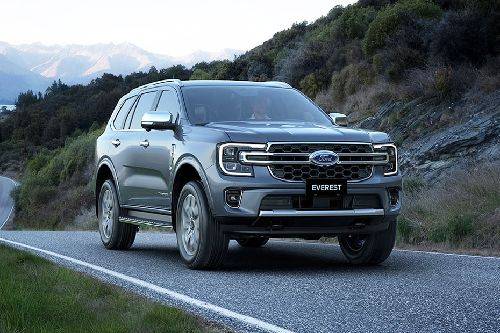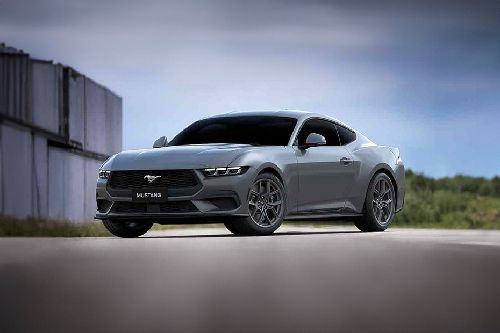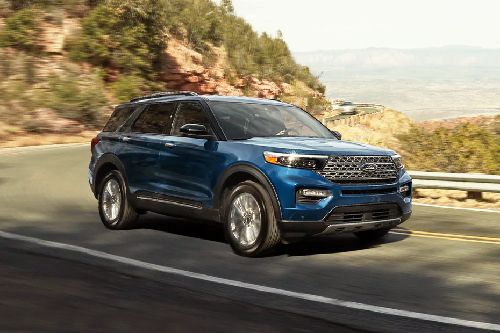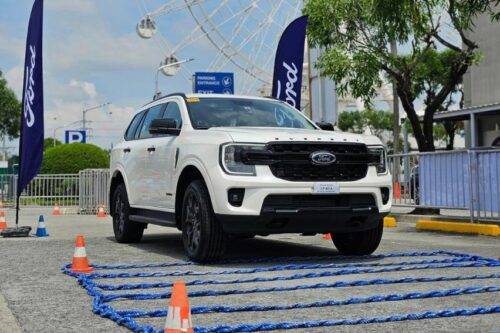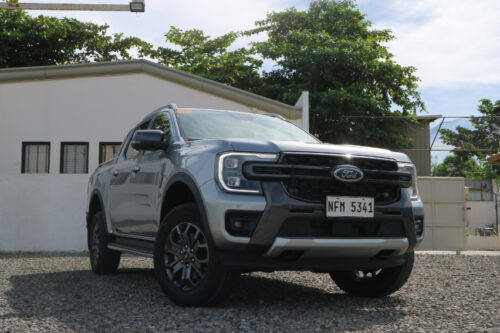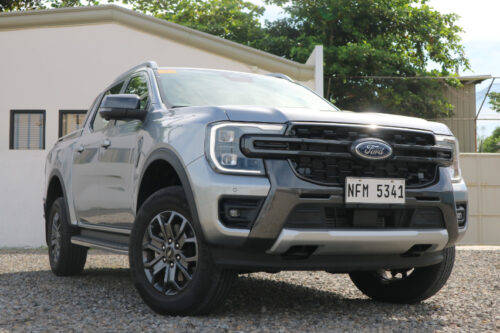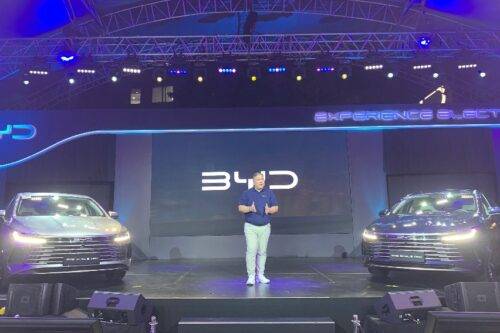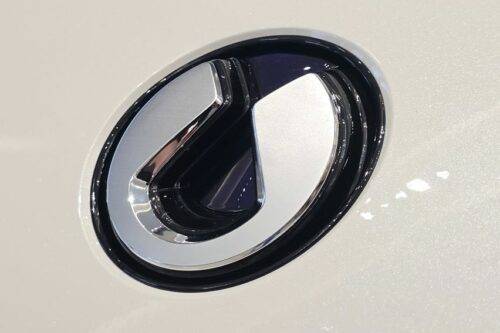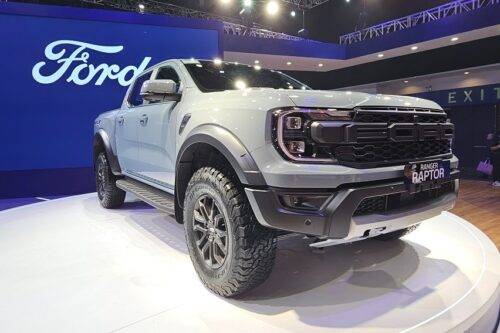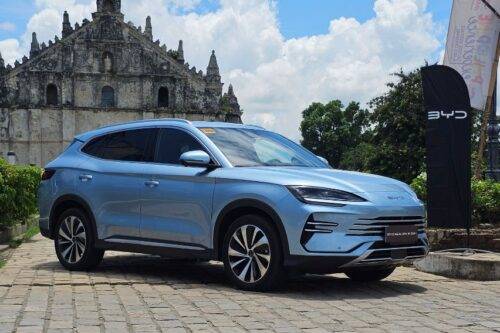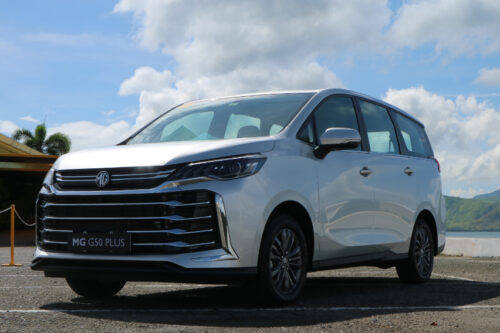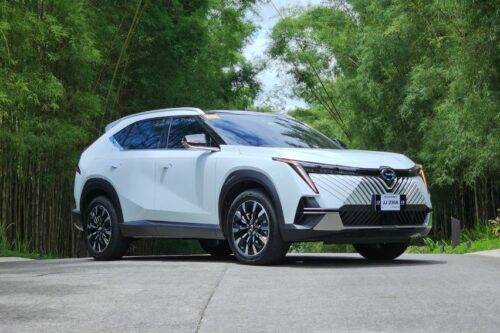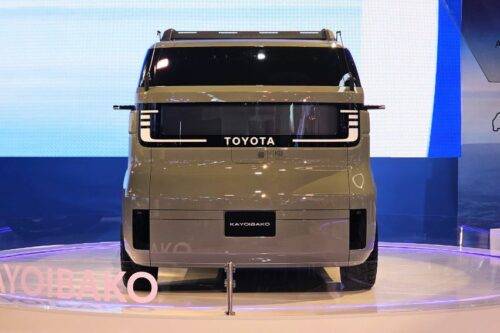WATCH: Ford wants traffic lights to turn green for emergency vehicles

MANILA: In an emergency, anything that causes first responders to slow down has an impact on how soon they can get to the scene, and such delays can be fatal.
KEY TAKEAWAYS
How does Ford's connected traffic light technology work?
An emergency vehicle signals the traffic lights to turn green during emergency response situations. The traffic lights resumes to normal operation once the vehicle has passed through the intersection.How does the technology work during daily driving conditions?
The timing data for when the traffic lights go from red to green and green to red is sent to the vehicle. The vehicle's speed is then adjusted by Ford's Adaptive Cruise Control system to help guarantee that a higher percentage of traffic sees a green light.Ford has been testing connected traffic light technology that can automatically turn green to provide clearer routes for ambulances, fire trucks, and police cars. They may also help lessen the risk of an accident caused by first responders running red lights.
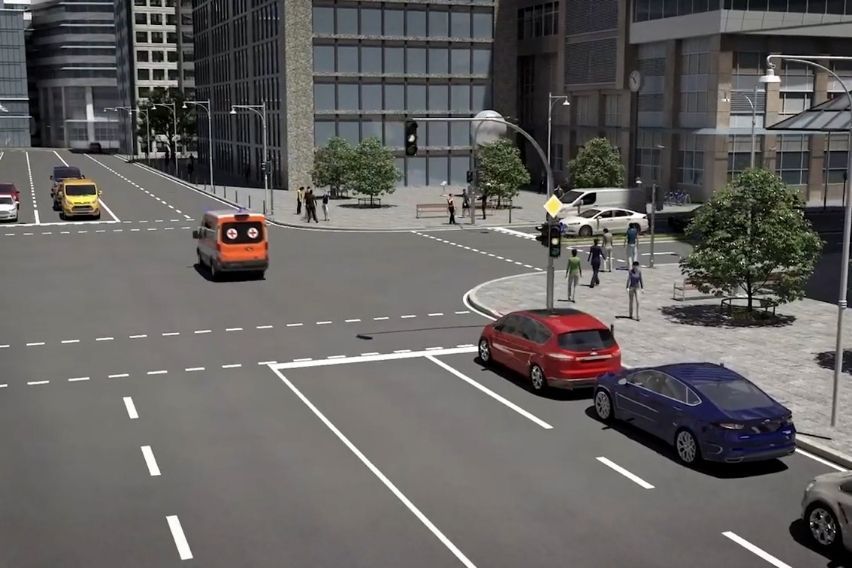
“Whether it’s a fire engine attending a blaze or an ambulance that is en route to an accident, the last thing anyone wants is for these drivers to be caught up among other vehicles waiting for the lights to change,” Ford Europe Automated Driving Research Engineer Martin Sommer stated.
Traffic lights that convey the red-green timing information to approaching vehicles could also help to minimize congestion.
The trial was part of a larger plan that included testing of automated and connected vehicles, as well as networked infrastructure, on highways, in cities, and in rural areas. This study demonstrates Ford's dedication to enhance the driving experience through connectivity and innovation.
Ford used a road with eight consecutive traffic lights in Aachen, Germany, and two segments with three consecutive traffic lights just outside the city to test the system.
The Ford Kuga Plug-In Hybrid test vehicle, which was fitted with on-board units (for connecting with infrastructure) and rapid control prototyping hardware (for operating prototype software in the vehicle), served as an ambulance and a passenger vehicle for the test scenarios.
The test vehicle signaled the traffic lights to turn green in order to simulate an emergency response situation. The traffic lights resumed to normal operation once the vehicle had passed through the intersection.
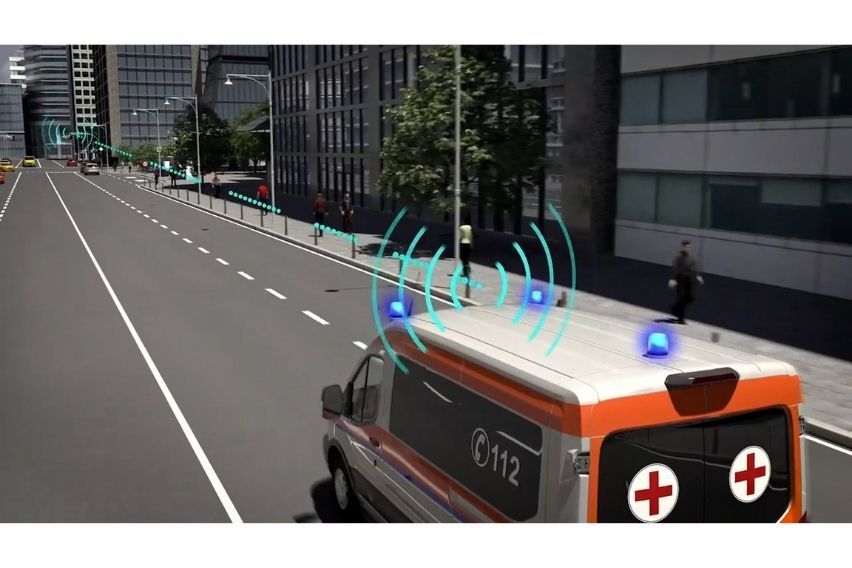
For testing everyday driving conditions, the timing data for when the traffic lights went from red to green and green to red was sent to the test vehicle. The vehicle's speed was then adjusted by Ford's Adaptive Cruise Control system to help guarantee that a higher percentage of traffic saw a green light.
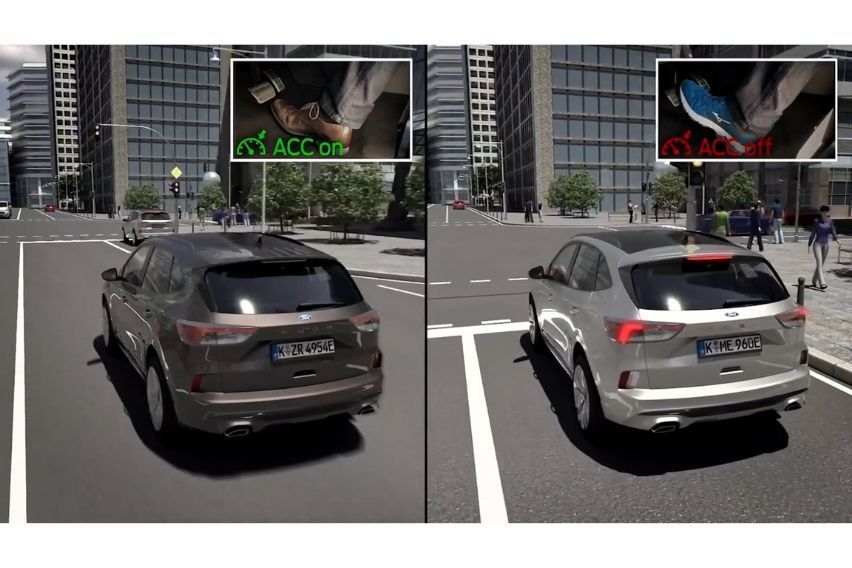
When the traffic light was red, the vehicle's speed was reduced well ahead of the intersection to allow the vehicle to reach the light just as it turned green, for example, from 30 mph to 20 mph.
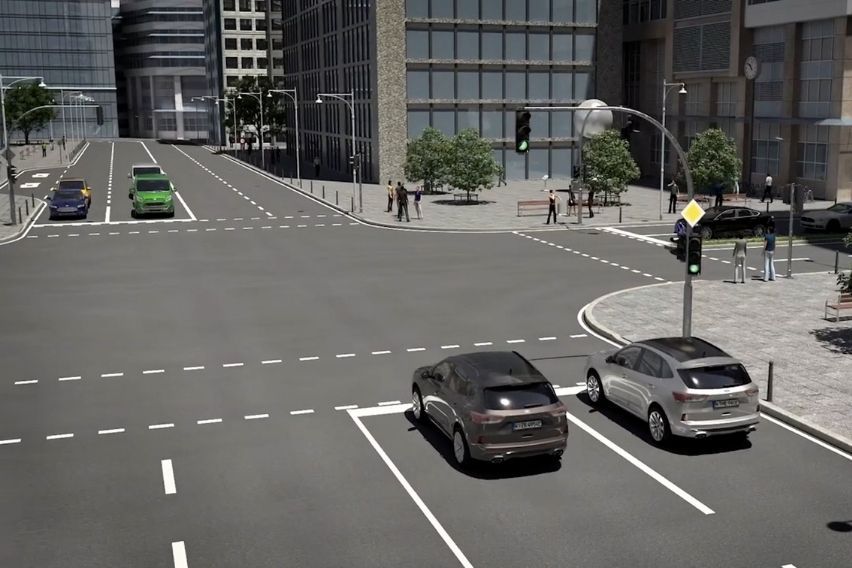
Even if the vehicle encounters a red light, the technology may still be able to reduce severe braking and time spent at a halt. The vehicle got the traffic light information long before the intersection and slowed down sooner, reducing congestion.
C-V2X (Cellular Vehicle-to-Everything) technology, a comprehensive platform that connects vehicles to roadside infrastructure, other vehicles, and other road users, facilitates the interaction between vehicles and traffic lights.
“Exchanging data between cars, emergency vehicles, and traffic lights in real time using the latest mobile phone technology makes road traffic safer and more efficient. Intelligent traffic light control helps save lives when every second counts and also reduces unnecessary waiting times and cuts CO2 emissions,” Vodafone Germany Consumer Services and Innovation Director Michael Reinartz stated.
The Corridor for New Mobility Aachen-Düsseldorf (ACCorD) project, sponsored by the German Federal Ministry for Digital and Transport and supported by RWTH University Aachen, Vodafone, Straßen.NRW (North Rhine Westphalia's road authority), and the City of Aachen, put the system to the test. The project ran from January 2020 to March 2022.
Watch the trial here.
Photos from Ford
Also read: Ford makes it to 'Time100 Most Influential Companies' list
Sell your car at the best price
 Verified and genuine buyers
Verified and genuine buyers
Ford Car Models
PIMS 2024
- Latest
- Popular
You might also be interested in
- News
- Featured Stories
- Latest
- Upcoming
- Popular
Latest Ford Car Videos on Zigwheels

Ford Car Articles From Carmudi
- journal
- insurance


